Geoduck Aquaculture
Geoduck Aquaculture, a burgeoning industry at the intersection of marine science and sustainable seafood production, involves the cultivation of the world's largest burrowing clam, the Panopea generosa, commonly known as the geoduck. Stretching across approximately 100 lines, this comprehensive description encapsulates the multifaceted dimensions of geoduck aquaculture. Originating from the Pacific Northwest of North America, where these extraordinary mollusks thrive in the intertidal zones, geoduck aquaculture has rapidly evolved into a global practice that combines innovative technology, environmental stewardship, and economic viability. Geoducks are revered for their distinctive appearance, with long siphons and impressive longevity, often living for more than a century. The aquaculture process involves hatchery production of seedlings, meticulous site selection, and strategic farming techniques to mimic the natural habitat conducive to geoduck growth. Sustainable farming practices, such as the use of suspended PVC tubes and protective netting, not only ensure optimal conditions for geoduck development but also minimize environmental impact. The cultivation timeline is protracted, with geoducks taking several years to reach market size, but the payoff is high-quality, sought-after seafood prized for its sweet, succulent meat. Geoduck aquaculture has not only alleviated pressure on wild stocks but has also contributed to economic development in coastal communities, offering employment opportunities and stimulating local economies. However, the industry grapples with challenges, including regulatory complexities, environmental concerns, and public perception. Ongoing research strives to address these issues, emphasizing the need for a balanced approach that safeguards both marine ecosystems and the economic interests of those involved. As the global demand for sustainable seafood continues to rise, geoduck aquaculture stands as a beacon of innovation, providing a model for responsible mariculture and contributing to the delicate equilibrium between human consumption and marine conservation.
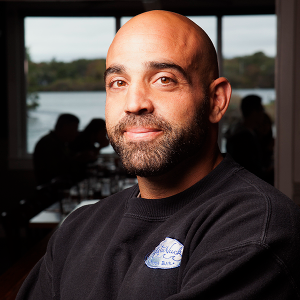
Perry Raso
Matunuck Oyster Farm, United States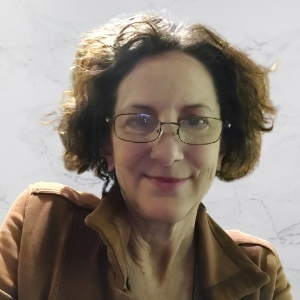
J L Giovanna Hesley
Education Emerita, CropKing Inc., United States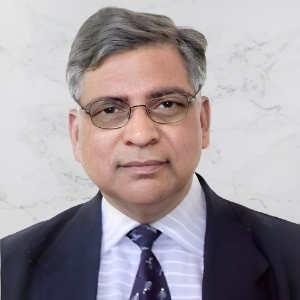
Virendra Kumar Goswami
Indian Institute of Technology, India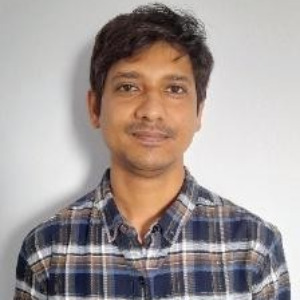
Amit Das
Memorial University of Newfoundland, Canada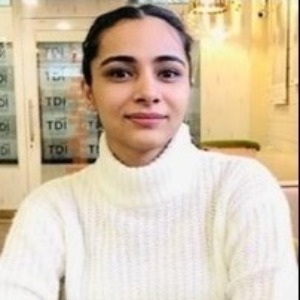
Mandeep Kaur
Panjab University, India
Pavarot Noranarttragoon
Department of Fisheries, Thailand


Title : Application of Artificial Intelligence and NISAR satellite to study the air sea CO2 exchange and aquatic toxicology to develop ‘Aquatic Pollution Remediation Technologies’(PART)
Virendra Kumar Goswami, Indian Institute of Technology, India
Title : Conditionally pathogenic microparasites (Microsporidia and Myxosporea) of mullet fish potential objects of mariculture in the Black and Azov Seas
Violetta M Yurakhno, A. O. Kovalevsky Institute of Biology of the Southern Seas of Russian Academy of Sciences, Russian Federation
Title : New approaches to assessing and managing the multispecies fishery in the Gulf of Thailand
Pavarot Noranarttragoon, Department of Fisheries, Thailand
Title : Integrating art, science and rural development: The multifaced role of aquarium keeping
T V Anna Mercy, Kerala University of Fisheries and Ocean Studies, India
Title : Seaweed aquaculture policy gap analyses in Indonesia, Kenya, and Tanzania
Megan Considine, The Nature Conservancy, Puerto Rico
Title : Utilizing art to enhance learning STEM subjects required for aquaculture
J L Giovanna Hesley, Education Emerita, CropKing Inc., United States